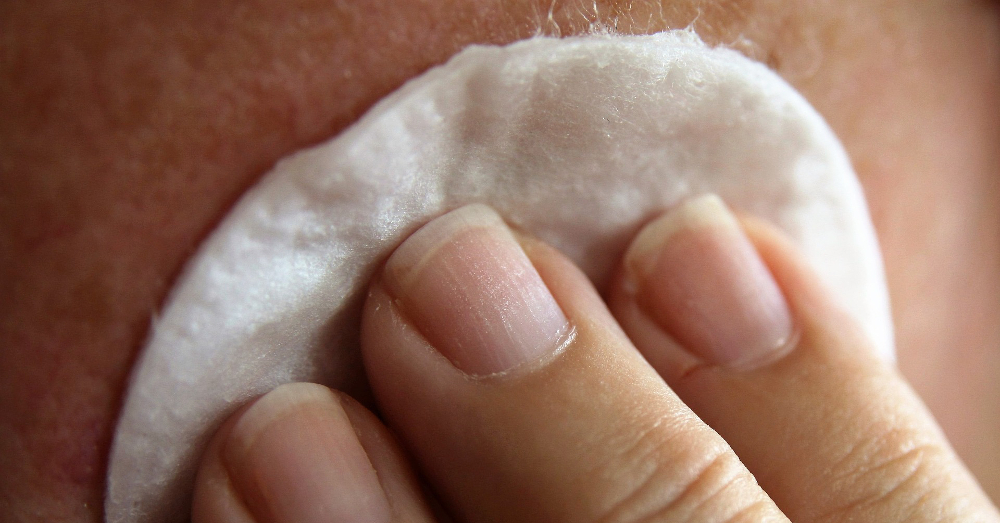
Beauty May Be Only Skin Deep but Mercury Toxicity is Systemic
The use of skin bleaching products to eliminate blemishes and achieve a lighter skin tone is increasingly popular in many parts of the world. Regardless of prevailing national and international health regulations, many skin-lightening products contain inorganic mercury compounds.
January 9, 2018 | Source: World Mercury Project | by
The use of skin bleaching products to eliminate blemishes and achieve a lighter skin tone is increasingly popular in many parts of the world. Complex sociocultural and commercial forces prompt consumers (predominantly but not exclusively women) to believe that altering their skin tone with these products is not only desirable but fashionable. According to market researchers, the global market for skin-lightening products will reach US$23 billion by 2020, which would represent almost 17% of that year’s total projected cosmetics sales.
Regardless of prevailing national and international health regulations, many skin-lightening products contain inorganic mercury compounds. Cosmetics manufacturers include mercury because it inhibits production of the enzyme responsible for making melanin. Product labels may list compounds such as mercurous chloride, ammoniated mercury and others, or manufacturers may add mercury without listing it as an ingredient at all. Regular use of mercury-containing skin-lightening creams carries a very real risk of mercury poisoning.
In the U.S., the Food and Drug Administration (FDA) purports to regulate the use of mercury in cosmetics, allowing the metal to be present “in a trace amount of less than 1 part per million [ppm]” or if mercury’s presence “is unavoidable under conditions of good manufacturing practice.” In reality, however, cosmetics companies “are wholly responsible for the safety of their own products and for making sure they adhere to the FDA’s guidelines.” In other countries where cosmetics manufacturing takes place, the regulatory environment may be even muddier. All of these factors leave uninformed consumers at the mercy of an industry interested in hanging on to its high profits.
Studies have measured the mercury content of skin-lightening creams in a range of settings. These analyses have detected high concentrations of mercury (measured in different ways) that most often are well in excess of what regulators consider allowable.
